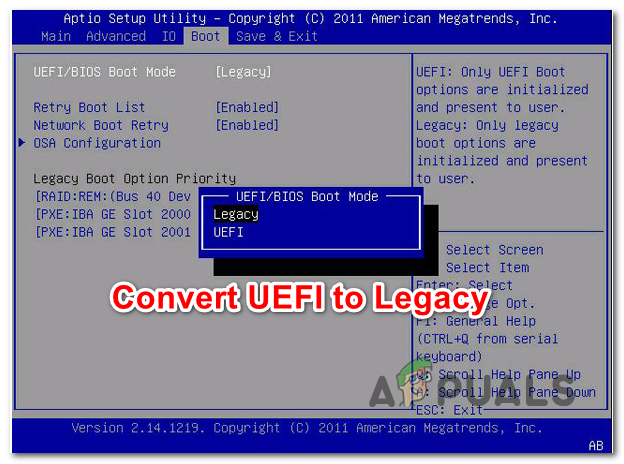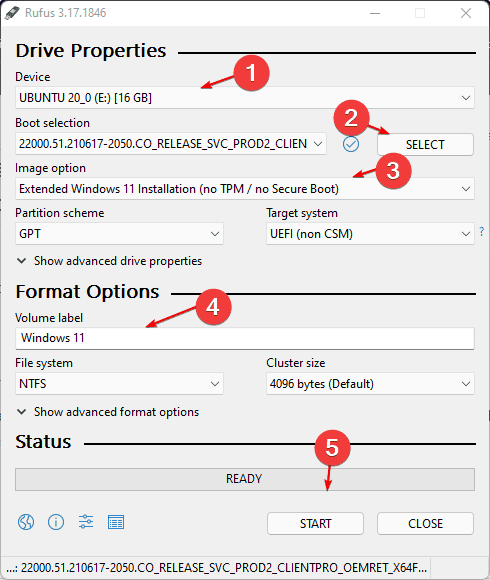

- Windows install usb secure boot how to#
- Windows install usb secure boot drivers#
- Windows install usb secure boot windows 10#
xcopy f:\sources\boot.wim d:\sources\ /s /e DISKPART> clean DISKPART> create partition primary size=1024 DISKPART> select partition 1 DISKPART> active DISKPART> format quick fs=fat32 DISKPART> assign DISKPART> create partition primary DISKPART> select partition 2 DISKPART> format quick fs=ntfs DISKPART> assign DISKPART> exit Double click on the Windows ISO file to create a virtual drive. DISKPART> list disk DISKPART> select disk 1 - the USB disk should be selected, the number may be different in your machine. Right click Windows logo, click Command Prompt (Admin). Step 2: Create a bootable USB with Windows installation files. Step 1: Backup your machine and create an USB recovery by entering “ Create a recovery drive” text to the search box on the task bar and follow the instructions. You need to have a 8Gb USB stick and an ISO file of Windows 10, version 21H2 or Windows 11, version 21H2. You want to format the hard drive and install a fresh Windows that can be booted from UEFI secure boot to improve machine performance and stability. If you use the free Microsoft Deployment Toolkit (MDT) it will generate the PE environment for you as well as making it much easier to manage any changes you want to apply after imaging to the system (I highly suggest using MDT if you are doing a lot of imaging).ĭoing it this way will allow you to utilize your custom image while leaving secure boot on.Most of Windows machines are delivered with a limited Windows version and unnecessary preinstalled software.
Windows install usb secure boot how to#
Here's a link to a blog post that goes over the details on how to setup your drive:
Windows install usb secure boot drivers#
You then boot into the PE environment and have it apply the custom image from the NTFS partition since PE has the NTFS drivers needed to read the second partition. To overcome this you can use a USB drive that shows up as a fixed disk (WD passport drives for example), and then setup 2 partitions, the first one a fat32 partition with winPE and a second NTFS partition with your custom image.


I'm not sure if this is something you're still looking for or not, but the main issue like you stated above is that UEFI doesn't have drivers natively to read NTFS, and the custom wim image is too big to put on a fat32 partition. In the post i fount he reccomended to format Fat32 instead of NTFS so that it can load under the secure boot UEFI BIOS, and if it's true i cannot create the custom image because the Install.wim file will become too big for an usb stick formatted with fat32 :-(
Windows install usb secure boot windows 10#
List itemAssign (Assigns the USB drive a drive letter)Ĭopy all the files from the Windows 10 isO to the USB Stick. Select Partition 1 (Focus on the newly created partition)Īctive (Sets the selected partition to an active valid system partition state)įormat FS=fat32 quick (Formats the partition with the FAT32 file system. *Create Partition Primary (Creates a new primary partition with default parameters) Select Disk # (Where # is the number of your USB disk)Ĭlean (removes any partitions on the USB disk, including any hidden sectors) Basically i have prepared the usb using diskpart utility and copy all the files of the ISO: At the Moment i found a solution to create the an usb bootable Image using the original ISO of Winsdows 10.


 0 kommentar(er)
0 kommentar(er)
